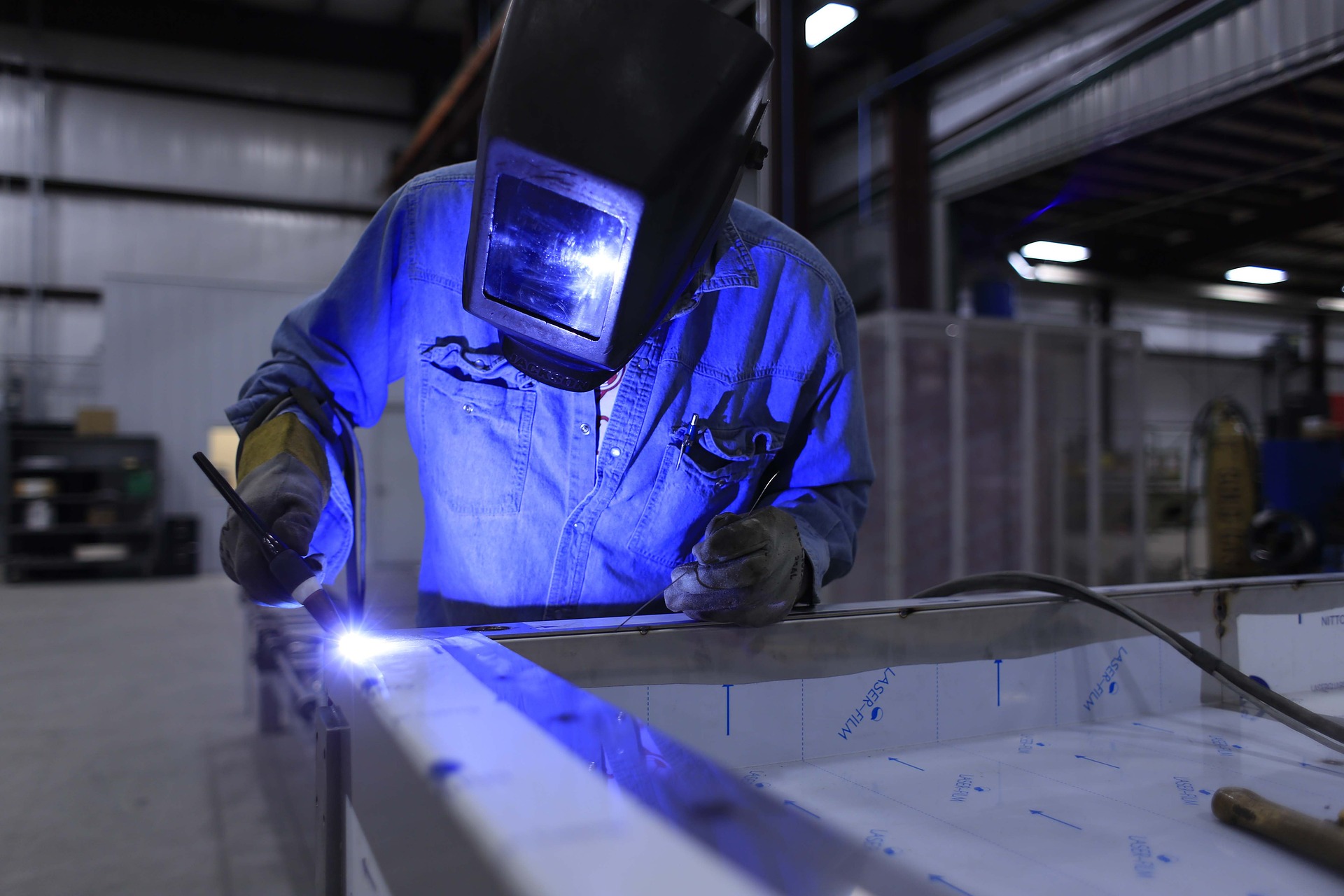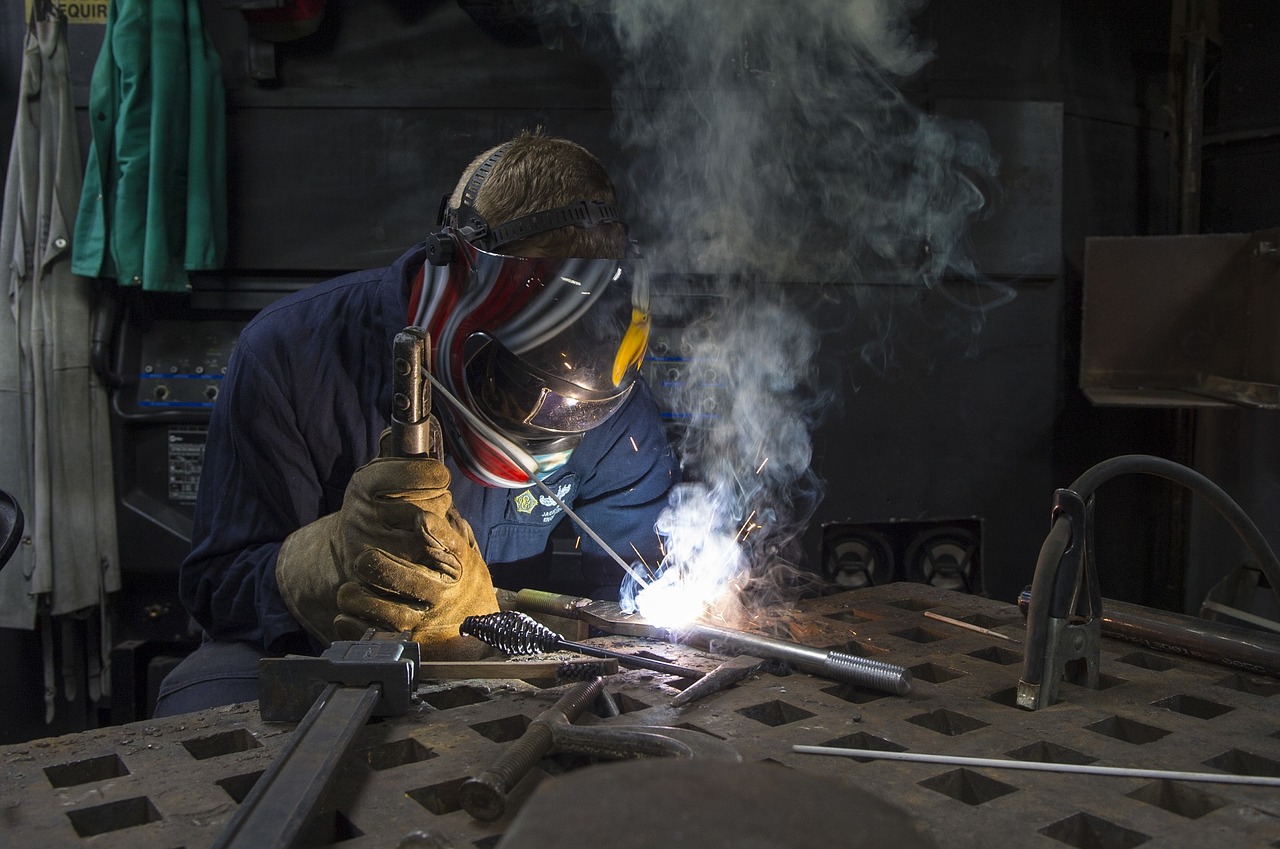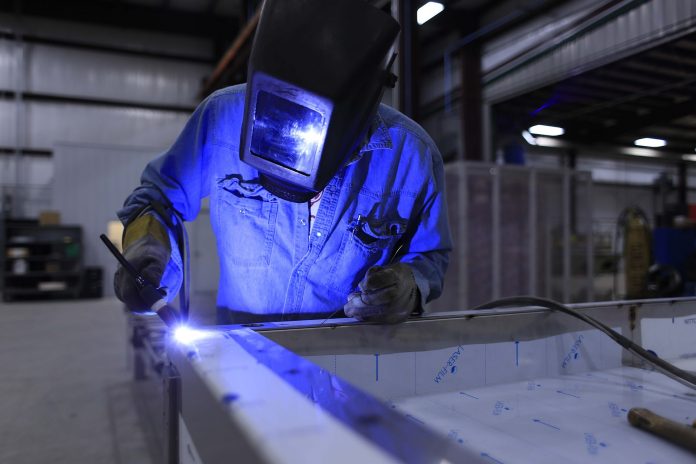With stud welding being the first port of call for many large industries today, knowing the different types can really be beneficial.
Businesses in a variety of industries will probably know that stud welding is a more advanced version of basic welding. It’s the process of welding together a metal fastener to a base through using heat and the most advanced welding machinery. Not only does it get the job done much faster than usual welding, but its precision ensures there is no room for error.
However, stud welding can be narrowed down into even more types. From drawn arc welding to capacitor discharge stud welding, you can get the finish you want every time. The different types vary in terms of studs, base materials and capabilities, but the main stud welding process is usually the same.
We’ve done all the research and hard work so you don’t have to – here is a selection of the most important types of stud welding for businesses.
Capacitor discharge stud welding

This method of stud welding is probably the most common for manufacturing. It’s better suited to smaller studs and is a highly cost-effective process. It covers an awful lot of materials including aluminium, stainless steel and brass to name a few, and is an extremely powerful and efficient process.
Capacitor discharge enables the use of lower cost studs and equipment, making it a more attractive option. With a weld duration of fewer than 4 milliseconds, it’s easy to see why more industries are using this type of stud welding over others.
Drawn arc stud welding
Drawn arc welding provides a high-quality weld and is perfect for welding materials above 2mm in thickness. This method is better suited for larger fasteners, usually up to around 25mm in diameter. Drawn arc stud welding has a whole lot of advantages too.
- Strength – the Drawn Arc method is resistant to breakages and is totally vibration proof.
- Faster and easier – if you compare this type of stud welding to other fastening processes, you’ll find it to be much faster and easier to manufacture.
- Cheaper – costs are reduced because the process is fast.
Short cycle stud welding

The short cycle weld is very similar to the drawn arc method, but it doesn’t require as many steps. As the name suggests, the running cycle is considerably reduced from that of other welding methods. However, with this method comes a little bit of compromise.
It’s important to bear in mind that by achieving such fast results, you may be compromising strength for faster and cheaper results. If you can’t afford to have a lower quality result, a higher quality stud welding method will be more suitable for you and your business.
Automated stud welding
Automated welding is important in many industries today, ensuring time is saved, errors are reduced and costs are cut. Automation is powerful and ensures any job is accurate and completed to an extremely high standard. There are different automated machines available, including the CNC machine, benching systems and the auto feed pistol. Each is a highly efficient and economical choice for a number of applications.
Need information about the different types of stud welding? We’ve got you covered.
Hopefully, we’ve shed a little light on the main types of stud welding and the advantages of using each. This post was in collaboration with Taylor Studwelding, providers of stud welding products and equipment to different industries. For more information on what they offer, visit their website: https://www.taylor-studwelding.com.

























